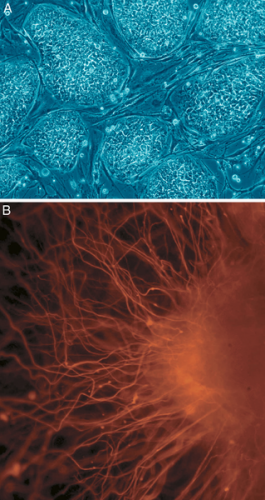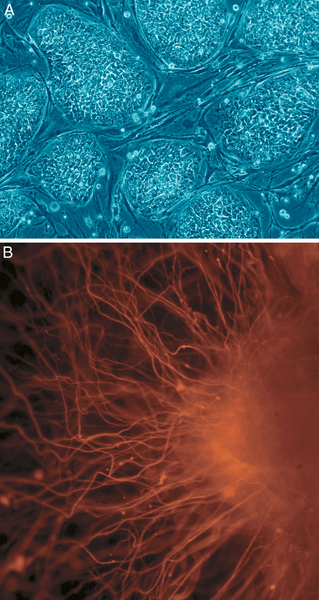3D printers can generate many products ranging from food to vinyl records to clothing. Yet, medical researchers have recently adopted the concept of 3D printing to print human tissue. Yes, that’s right– researchers from the University of Edinburgh have successfully printed living human embryonic stem cells (hESCs).

Stem cells can be obtained from human embryos in the earliest stage of development and have the ability to develop into any cell in the body. This unique feature has made stem cell research a promising innovation in regenerative science. However, this innovative process has not come without opposition and theological based opponents have prevented surplus of funding to reach this up-and-coming field.
Controversy aside, the printing of stem cells has scientists hopeful of eliminating the need for organ donation. Because many hospitals face limited availability of organs when patients need transplants, the adverse effects of this ripple throughout the medical world, straining relationships between hospitals and patients.
In order to combat this problem, scientists have turned to regenerative medicine and specifically 3D printing. The 3D printing technique utilizes three-dimensional data to create solid, three-dimensional parts through an additive, layer-by-layer process, according to 3D Systems, Inc.
The researchers at University of Edinburgh first took stem cells from an embryonic kidney and grew them in a culture. These stem cells were then placed in a “bio-ink” dispenser containing a cell medium and joined with another dispenser filled with just cell medium. These two “inks” then went through computer-operated valves where they were dispensed in layers. These multi-layered cells were “printed” onto a dish with small wells. After the dish was flipped to promote stem cell clumping, scientists found that 95% of the cells not only survived in the clumps, but they, in fact, thrived.
This experiment represents a groundbreaking step in regenerative medicine because this was the first time ever that cells have been printed using 3D printing techniques. According to Jason King, the business development manager of Roslin Cellab who worked in collaboration with the University of Edinburgh researchers, human stem cell cultures have been too sensitive to manipulate for 3D printing technology in the past.
This study provides an optimistic view on the future of 3D printing technologies and artificially synthesizing human tissues. The implications of this new technology are momentous: these artificial human tissues can be used for drug testing purposes, and, in the long run, the ultimate goal for researchers is building whole organs for transplant purposes. A few years ago that idea would have been nothing short of science fiction, but now, providing organs for transplants may only be a click of a button away.


One Comment on “Need A New Liver? Let Me Print One for You”